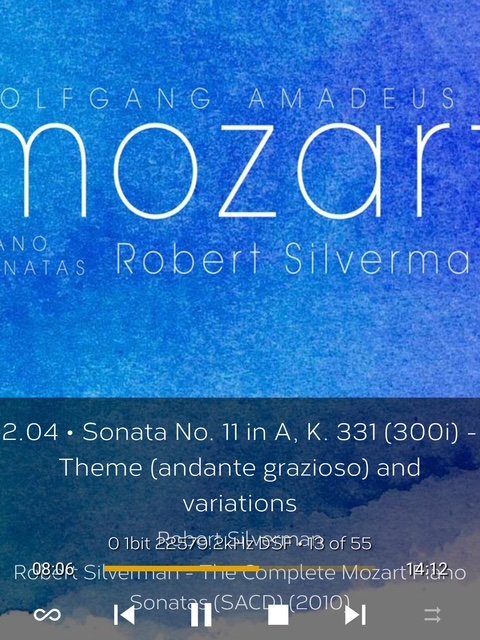You made some good points in this thread but regarding this I disagree.…and in my understanding, Taiko Audio has probably been using VLANs in their Extreme router–switch setup since implementing their network.
If you do a search here with VLAN and TAIKO AUDIO you will find that Emile is not very fond of VLANs











